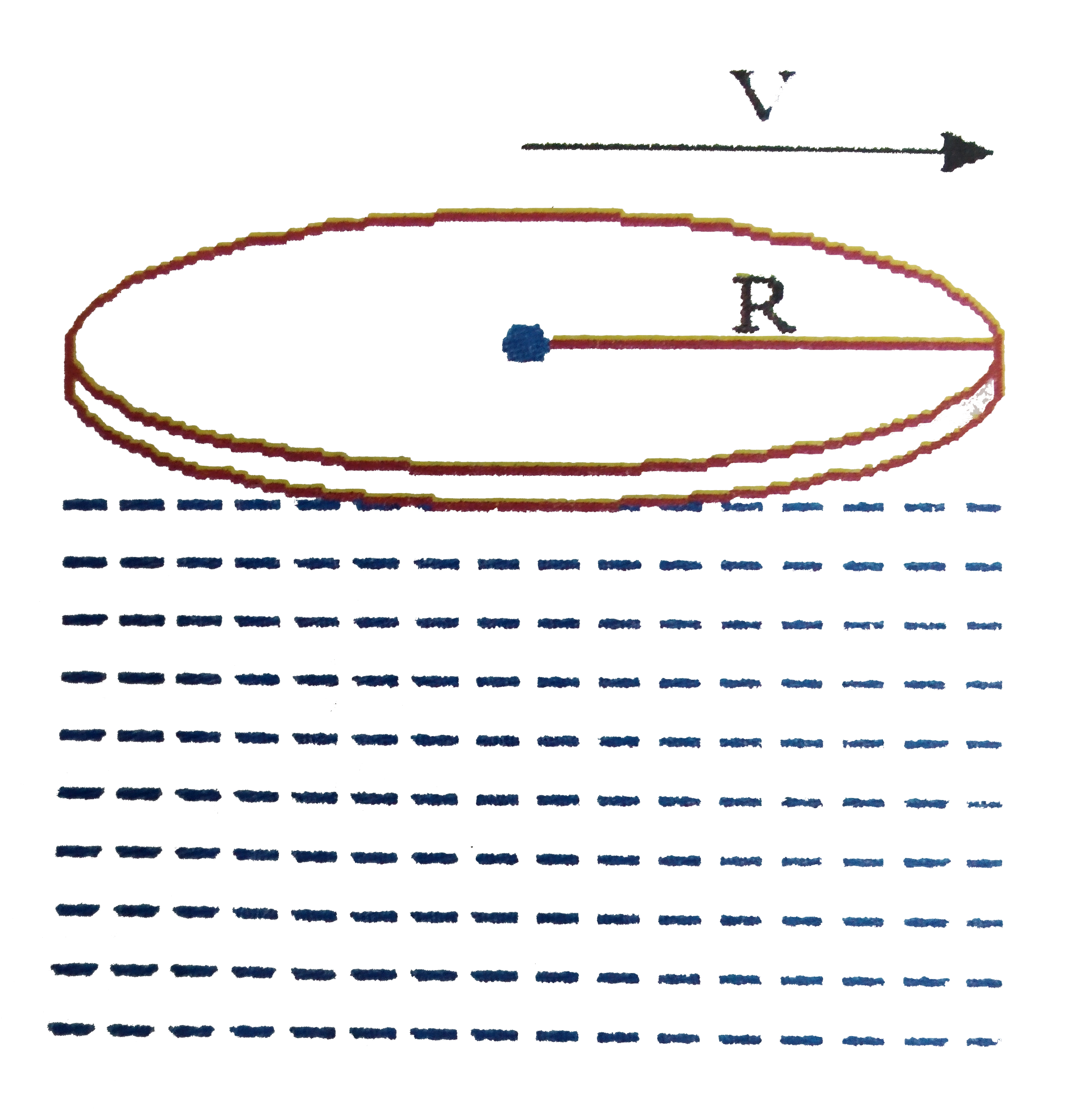A
B
C
D
Text Solution
Verified by Experts
The correct Answer is:
Topper's Solved these Questions
MECHANICAL PROPERTIES OF FLUIDS
NARAYNA|Exercise Single Answer Questions|108 VideosMECHANICAL PROPERTIES OF FLUIDS
NARAYNA|Exercise integer Type Questions|25 VideosMECHANICAL PROPERTIES OF FLUIDS
NARAYNA|Exercise Comprehension Type Questions|40 VideosMATHEMATICAL REVIEW & PHYSICAL WORLD
NARAYNA|Exercise C.U.Q|13 VideosMECHANICAL PROPERTIES OF SOLIDS
NARAYNA|Exercise LEVEL-II (H.W)|24 Videos
Similar Questions
Explore conceptually related problems
Knowledge Check
NARAYNA-MECHANICAL PROPERTIES OF FLUIDS-Paragraph Type Questions
- Consider a disk of mass m, radius R lying on a liquid layer of thickne...
Text Solution
|
- Consider a disk of mass m, radius R lying on a liquid layer of thickne...
Text Solution
|
- Consider a disk of mass m, radius R lying on a liquid layer of thickne...
Text Solution
|
- A viscous clutch as shown in figure tranmits torque. Radius of each cl...
Text Solution
|
- A viscous clutch as shown in figure tranmits torque. Radius of each cl...
Text Solution
|
